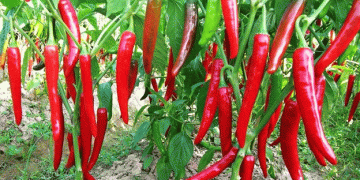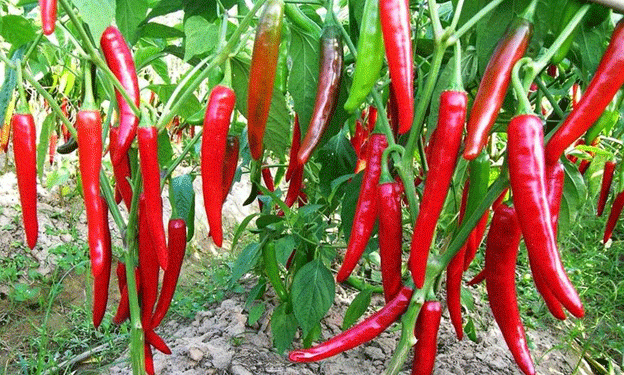According to local vendors at Pasar Youtefa Otonom and Pasar Pharaa Sentani, the price of bird’s eye chili has surged to unprecedented levels. Lisa, a vendor at Pasar Youtefa, mentioned that she is now purchasing chili at Rp 100,000 per kilogram from suppliers, forcing her to sell at a higher price of Rp 120,000 per kilogram. Similarly, Rita, a vendor at Pasar Pharaa, reported buying chili at Rp 110,000 per kilogram from Pasar Sentral Youtefa and reselling it at Rp 135,000 per kilogram.
This price spike is particularly concerning given that other staple commodities have remained relatively stable. Tomatoes are being sold at Rp 10,000 to Rp 15,000 per kilogram, while red onions and garlic are priced at Rp 60,000 and Rp 50,000 per kilogram, respectively. The dramatic increase in chili prices stands out starkly against this backdrop of stable prices for other produce.
Factors Contributing to Price Increases
The current chili price surge can be traced back to a combination of factors:
- Reduced Supply: The primary reason cited by vendors is a significant drop in supply from local farmers. This reduction is largely due to adverse weather conditions, with a mix of excessive heat and irregular rainfall disrupting the growth and harvest cycles of chili plants.
- Supply Chain Challenges: The logistical difficulties in maintaining a steady supply chain have also played a role. As local stock dwindles, vendors are forced to source chilies from other regions, leading to higher transportation costs and, consequently, higher retail prices.
- Market Dynamics: The basic principles of supply and demand are at play here. With a lower supply of chilies available, the market has responded with price increases to balance demand, exacerbating the situation for consumers.
Implications for Farmers and Consumers
For farmers, the current situation presents a double-edged sword. While those with remaining stock can benefit from higher prices, the overall decrease in production could result in lower total income, especially for those unable to cultivate sufficient yields due to weather-related challenges.
For consumers, particularly in a region like Jayapura where chili is a staple ingredient, these price hikes could strain household budgets, leading to reduced consumption or a shift to cheaper, lower-quality alternatives.
A Call for Agricultural Intervention
The ongoing surge in bird’s eye chili prices highlights the need for strategic agricultural intervention in Jayapura. Local authorities and agricultural experts should consider measures to stabilize supply chains, such as investing in weather-resilient crop varieties, improving irrigation infrastructure, and offering support to farmers affected by adverse weather. Additionally, enhancing market access and reducing logistical bottlenecks could help moderate price fluctuations in the future.
As the situation develops, it will be crucial to monitor not only the economic impact on vendors and consumers but also the broader implications for food security in the region.































